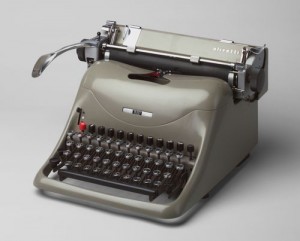 When I sit down to write the first draft of a book, I like to create a document for each chapter. So in whatever wordprocessor you choose, start by creating a new document and save it as ‘Chapter 1’. Then using the the outline you created earlier, copy the outline for chapter 1 and paste it into your new ‘Chapter 1’ document.
When I sit down to write the first draft of a book, I like to create a document for each chapter. So in whatever wordprocessor you choose, start by creating a new document and save it as ‘Chapter 1’. Then using the the outline you created earlier, copy the outline for chapter 1 and paste it into your new ‘Chapter 1’ document.
Lots of people have their own ideas and techniques on writing. I just like to write using the outline as my guide. The key word there being ‘guide’. While you are writing chapter 1 your thoughts and writing may go in a whole other direction. Some aspect of the story may grow out of your typing organically. That is perfectly fine and I encourage you to follow that flow. I find that a lot of my writing is till very organic and spawns lots of ideas. But by the end of it, I have touched on all of my outlined points. If something I have written was not a specified in my outlined point and it turns out to be really good I will add it to my outline should I ever need to reference the chapter I put it in.
Remember that your first draft should just be used to get your ideas out. To write the story. The first draft for me is more of a brain dump. Ernest Hemingway said “The first draft of anything is shit”, and that is how I treat it. Not until the second draft do I scrutinize over everything letter, word, and comma.
As far as words are concerned and how they should be used, I will not waste your time. The truth is that far greater writers than I have written wonderful books on how words should be used. I encourage you to seek out at least one of these books and read it before you start writing your first book. My personal favorit is ‘On Writing: 10th Anniversary Edition: A Memoir of the Craft’ by Steven King.
 Before I ever start writing a book, one of the first things I do is write an outline. Having an outline makes writing a book so much easier. Having the roots of your story established so that when you write everything can grow and branch out.
Before I ever start writing a book, one of the first things I do is write an outline. Having an outline makes writing a book so much easier. Having the roots of your story established so that when you write everything can grow and branch out.